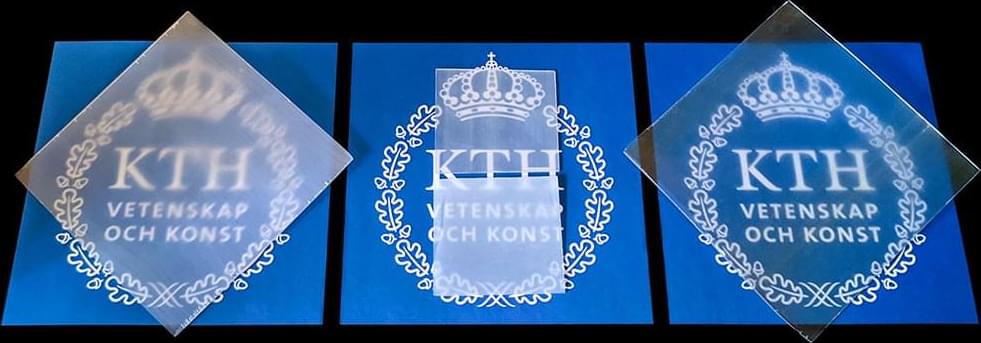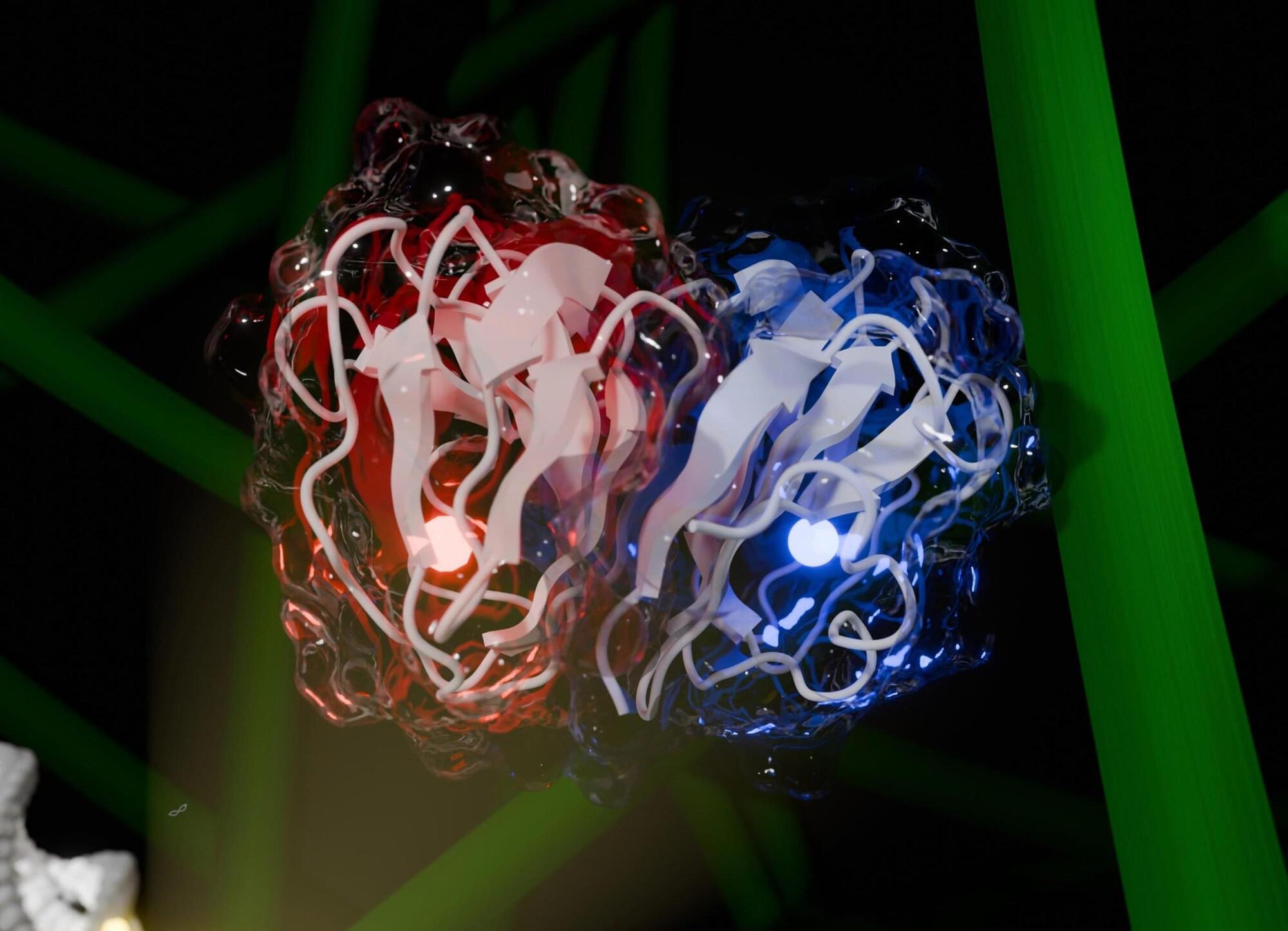Researchers investigating the thalamus and its role in consciousness believe the area acts as a ‘gate’ to stimuli that reach, or don’t reach, conscious perception.



Five years after introducing see-through wood building material, researchers in Sweden have taken it to another level. They found a way to make their composite 100 percent renewable – and more translucent – by infusing wood with a clear bio-plastic made from citrus fruit.
Since it was first introduced in 2016, transparent wood has been developed by researchers at KTH Royal Institute of Technology as one of the most innovative new structural materials for building construction. It lets natural light through and.
The key to making wood into a transparent composite material is to strip out its lignin, the major light-absorbing component in wood. But the empty pores left behind by the absence of lignin need to be filled with something that restores the wood’s strength and allows light to permeate.

Obayashi pursues the potential for the future of the space elevator from a construction standpoint, and describes a newly-designed, whole-space elevator system, including its construction process, which we designed on the basis of work by construction engineers who completed the world’s tallest free-standing tower, TOKYO SKYTREE®, in 2012.
In the following animation, a space elevator which climbs from the Earth Port as a departure port for people to Geostationary Earth Orbit Station at a height of 36,000 km is featured.
The space elevator is planned to be built by the year 2050 with a capacity to carry 100-ton climbers. It is composed of a 96,000-km carbon nanotube cable, a 400-m diameter floating Earth Port and a 12,500-ton counter-weight. Other facilities include Martian/Lunar Gravity Centers, an Low Earth Orbit Gate, a Geostationary Earth Orbit Station, a Mars Gate and a Solar System Exploration Gate.-Jacob’s Ladder 🤔 https://www.obayashi.co.jp/en/news/detail/the_space_elevator…cept.html#

Long-read sequencing technologies analyze long, continuous stretches of DNA. These methods have the potential to improve researchers’ ability to detect complex genetic alterations in cancer genomes. However, the complex structure of cancer genomes means that standard analysis tools, including existing methods specifically developed to analyze long-read sequencing data, often fall short, leading to false-positive results and unreliable interpretations of the data.
These misleading results can compromise our understanding of how tumors evolve, respond to treatment, and ultimately how patients are diagnosed and treated.
To address this challenge, researchers developed SAVANA, a new algorithm which they describe in the journal Nature Methods.



The brain is a unique place. It is shielded from much of the body by the blood-brain barrier, meaning it’s protected from pathogens and potentially dangerous substances that might be in our blood. And historically, many scientists believed that separation extended to the immune system as well: the brain has its own specialized immune cells called microglia, but immune cells present in the rest of the body were long thought to steer clear of the brain unless there was a disease or other problem requiring their presence.
Now, a team of scientists from Yale School of Medicine (YSM) has shown that immune cells known as T cells reside in the healthy brains of mice and humans, trafficked there from the gut and fat. This is the first time T cells have been shown to inhabit the brain under normal, non-diseased conditions.
The findings are published in Nature.

A “fine-tuned” artificial intelligence (AI) tool shows promise for objective evaluation of patients with facial palsy, reports an experimental study in the June issue of Plastic and Reconstructive Surgery.
“We believe that our research offers valuable insights into the realm of facial palsy evaluation and presents a significant advancement in leveraging AI for clinical applications,” comments lead author Takeichiro Kimura, MD, of Kyorin University, Mitaka, Tokyo.
Patients with facial palsy have paralysis or partial loss of movement of the face, caused by nerve injury due to tumors, surgery, trauma, or other causes. Detailed assessment is essential for evaluating treatment options, such as nerve transfer surgery, but poses difficult challenges.
